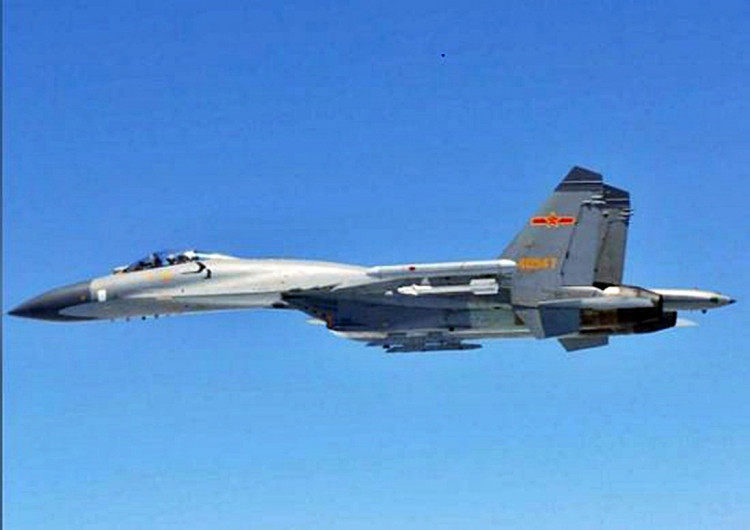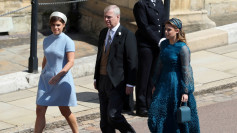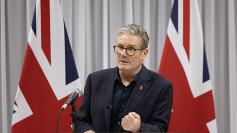China's first response to the continuing show of force in the South China Sea by two powerful carrier strike groups (CSGs) of the U.S. Navy was to send four Shenyang J-11B fighter jets to Chinese-held Woody Island in the the disputed Paracel Island chain off Vietnam.
The Paracels are also claimed by Vietnam and the Republic of China (Taiwan). Satellite images from July 15 confirmed the deployment of these four air superiority fighters to an airstrip on the island.
More fighters from the People's Liberation Army Air Force (PLAAF) can be expected at this airstrip on Woody Island, the largest island in the Paracels. This key island is defended by HQ-9 surface-to-air missile (SAM) batteries.
Apart from the airstrip, Woody Island also has hardened hangars for protecting Chinese warplanes. J-11BH two-seat fighters were first deployed to Woody Island in April 2017.
There are Chinese military outposts on eight of the Paracel Islands. Three of the larger islands now have protected harbors capable of hosting large numbers of naval ships.
The deployment of the J-11s to Woody Island came a day after a U.S. Navy Arleigh Burke-class destroyer, the USS Ralph Johnson (DDG-114), completed a Freedom of Navigation Operation (FONOP) off the Paracels.
In a statement, the United States Pacific Fleet said the USS Ralph Johnson's FONOP "challenges excessive maritime claims around the world regardless of the identity of the claimant. The international community has an enduring role in preserving the freedom of the seas, which is critical to global security, stability, and prosperity."
The destroyer belongs to the CSG of the USS Nimitz (CVN-68), which is still patrolling the South China Sea with USS Ronald Reagan (CVN-76) CSG.
On Friday, the U.S. Navy said the Nimitz Carrier Strike Group and the Ronald Reagan Carrier Strike Group are continuing their high-end dual-carrier exercises in the South China Sea.
It said the CSGs of both nuclear powered supercarriers continue to demonstrate operational commitment to allies and partners in the region. The exercises will provide combatant commanders with significant operational flexibility should a conflict erupt.
"Nimitz and Reagan Carrier Strike Groups are operating in the South China Sea, wherever international law allows, to reinforce our commitment to a Free and Open Indo-Pacific, a rules based international order, and to our allies and partners in the region," said Rear Adm. Jim Kirk, commander, Nimitz Carrier Strike Group.
The Nimitz Carrier Strike Group consists of the aircraft carrier USS Nimitz (CVN-68), Carrier Air Wing (CVW) 17, the guided-missile cruiser USS Princeton (CG-53), and guided-missile destroyers USS Sterett (DDG-104) and USS Ralph Johnson (DDG-114).
The Ronald Reagan Carrier Strike Group consists of the aircraft carrier USS Ronald Reagan (CVN-76), Carrier Air Wing (CVW) 5, the guided-missile cruiser USS Antietam (CG-54), and the guided-missile destroyer USS Mustin (DDG-89).
Both carriers have a combined complement of some 120 aircraft, including more than 90 Boeing F/A-18E and F/A-18F Super Hornet twin-engine, carrier-capable, multirole fighter aircraft. There are 12,000 U.S. Navy personnel on the ships in both CSGs.





